HOW WE GOT HERE
Humanity's journey to the stars has not always been easy. As we face the future, we remember our heritage.
2181 : New Alliances

The Second Treaty of the Adamas Belt comes into effect. Signed at the end of 2180, it was the result of hard work by UCN crews and diplomats alike.
This new agreement formalises relations between the UCTCN and the human communities in the Adamas Belt, though stops short of any faction formally joining the UCTCN.
2180 : Rising Tensions

A mere two months after the UCN's arrival in the Adamas Belt, relations between the Navy and the communities at the Belt are in a state of flux. Officers throughout the Navy are hard at work finding a diplomatic way forward, and standing firm against those who threaten the use of force.
2179 : Back to the Adamas Belt

The first mission of the UCN is to send an expedition back to the Adamas Belt. The new fleet intends to recover what is left of the wreckage of the war that took place there half a century before.
Upon arrival, UCN officers discover more than wreckage: communities of humans who did not return with the rest of the Exodus Fleets. Not all are pleased that the UCN has arrived, but humanity must learn to come together.
2177 : A Navy is Born
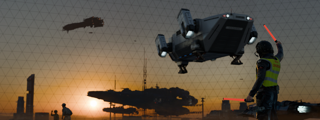
President Simpson makes a priority of consolidating existing spacefaring navies and constructing new craft so that the UCTCN can have a united navy fit to propel humanity across the galaxy and find more discoveries like gravium. "The bounty of space," Simpson says as they launch the first United Confederation Navy (UCN) ships in 2177, "shall once again be in humanity's grasp."
2169 : A United Confederation Of Terran And Circumsolar Nations

With swathes of the Earth's surface rendered habitable once again through terraforming, and Mars reaching a population of half a billion, humanity finds itself straddling two planets for the first time. A new political union is formed, democratically combining the governments of Earth and Mars as the United Confederation Of Terran And Circumsolar Nations. Jordan Simpson, the hero of the Adamas Belt, is elected as its first President.
2151 : Back to Mars

Some of the Exodus Fleets declined to return directly to Earth. Setting up bases on Mars, they build a viable settlement and by the 2150s there are regular colony ships taking humans to the red planet.
2145 : Terran Union
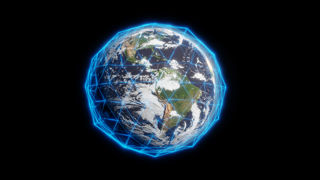
After initial hostility from Leftbehind settlements, the returning fleets are able to broker a deal to use gravium oscillators to save the Earth. Embarking on ambitious projects once planned for far-off planets, humanity's new energy source makes dreams of climate control and terraforming a reality. A political union of all remaining Earth governments, the Terran Union, is formed.
2139 : Return to Earth

The survivors of the war between the factions at the Adamas Belt arrive at a plan: return to Earth with the new gravium oscillator, and see if it is possible to save the very planet they had given up on. All factions agree, barring the Jump Corporation, which collapses into in-fighting. They arrive back, their journey home four times as fast as their departure, and find that the Leftbehind people of Earth held on, and billions of humans still live on the ravaged planet.
2135 : Peace and Hope

Peace is achieved with the Treaty of the Adamas belt. Forcing the factions to come to the table is a groundbreaking technological discovery: a team led by Jordan Simpson, a Captain in the Commonwealth Stellar Navy, has discovered a new element which they name gravium. A prototype 'gravium oscillator' successfully achieves the impossible – near-limitless energy generation is in humanity's hands.
2134 : War
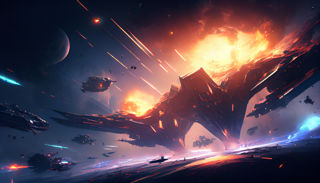
The Adamas Belt creates new opportunities for exploration and resource extraction, but the search for viable planets has no clear end in sight. With the Jump Corporation acting increasingly erratically and trust collapsing between the other factions, skirmishes break out, leading to war among the Exodus Fleets.
2130 : The Adamas Belt
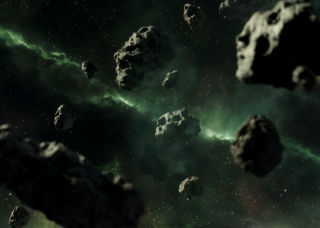
Since the Gliese 667 Cc disaster, relations between the factions have become more and more fractious. A fragile peace exists between them as they follow a new lead: the Adamas Belt, an asteroid belt surrounded by planets and unexplained anomalies.
2123 : Disaster

Having been travelling there for more than two decades, the first human attempts to land on Gliese 667 Cc end in disaster when initial readings prove incorrect and the planet is dangerously unsuitable for human life. Morale among the Exodus Fleets hits an all-time low, but they continue searching for alternative planets.
2099 : Exodus
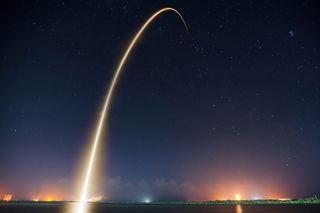
The so-called 'Exodus Race' reaches its climax. Rival fleets take off from Earth with a few million people on board, seeking a viable new planet. The fleets are divided among factions - the Shanghai Pact, the Commonwealth of Nations, the Jump Corporation, the Japanese-American Space Agency (JASA), and the European Federation. Their target is theoretical 'super-Earth' Gliese 667 Cc. Those remaining on Earth are christened 'Leftbehinds', and are not expected to last more than a generation.
2071 : Looking to the Stars

As war and catastrophe ravages the Earth, desperate nations turn once more to the stars. Climate change seems irreversible and factions emerge with a new goal: reignite the race for the stars and escape a dying planet. The factions begin shifting all their resources into these efforts.
2039 : Walking on Mars

Chinese Taikonaut Yang Jie becomes the first human being to set foot on another planet. While watched with awe by billions, Yang's historic landing is the last milestone in human space travel for decades, as the increasingly unstable situation on Earth leads to war and the abandonment of national space projects.
1998 : International Collaboration
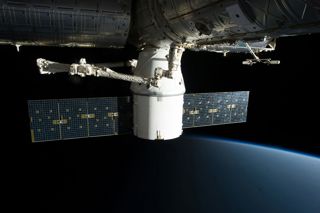
The launch of the International Space Station is the culmination of the first international effort to create a permanently-crewed Earth-orbiting space station. This early step on the road to a unified space-faring human race is taken primarily to aid scientific research in microgravity environments.
1969 : A Giant Leap For Mankind
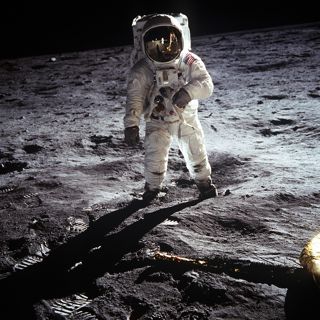
On 16th July, 1969, Neil Armstrong of the United States of America becomes the first person to walk on the Moon, and the first person to leave footprints anywhere other than the surface of the Earth.
1957 : Dawn of the Space Age
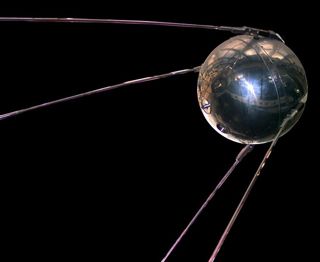
Humanity first reaches for the stars when the Soviet Union sends the Sputnik satellite into low Earth orbit. What follows is a great technological contest between the Soviet Union and the United States of America, nicknamed the space race.